My Adventure with the Bread of the Ancient Egyptians – Of Ancient Yeast, Hieroglyphs and Piasters
- mai haikal

- Jul 22
- 3 min read
It all started with a news story that struck me right in the heart: A man is baking bread with 4,500-year-old yeast. Wait a minute… what?! My passion is history – but history you can touch? History you can taste?! I was immediately hooked and had to follow that scent!

🧑🔬 The Sourdough Whisperer – A Physicist Following in the Footsteps of the Ancient Egyptians
The man behind this bready adventure is Seamus Blackley—known as one of the co-developers of the Xbox—yes, really! But alongside his tech career, he has a great passion for history and bread. Instead of continuing to tinker in the world of pixels, he embarked on an entirely different mission: he wanted to recreate the bread of the ancient Egyptians as authentically as possible. What fascinated me was that he didn't use modern machinery but tried to recreate the methods of the time—from natural yeast cultures to clay molds and wood-fired ovens. Now that's dedication!
He also drew on scientific discoveries and archaeological evidence that show how spontaneously fermented bread doughs developed back then. I even read in one of the articles that yeast cultures were extracted from ancient jars—that's real microbiology in the kitchen! 😲 The flour? Emmer wheat, an ancient grain with character. The result? A bread that smells like a forgotten culture.
📚 Here are some interesting articles about it:
🏺 Bread as a grave gift – museum amazement included
In the tombs of officials, there are paintings depicting bread baking. Emmer wheat—an ancient grain with little gluten—produces a rather flat, heavy loaf. Aish Baladi, the ancient Egyptian flatbread, was not just food—it was a part of everyday life, a symbol of life and faith. It was cooked in clay molds or stuck directly to hot oven walls. Women ground the grain with hand mills, and fermentation was usually spontaneous, produced by wild yeasts from the air and the environment.
I spent hours browsing recipe blogs, scouring museums, and browsing through antique loaves of bread (yes, they still exist!). This wasn't just cooking; it was ritual.
I even found real loaves of bread in museums! Yes, you read that right – original antique pieces of crust!
📸 A few highlights
These images show bread-like objects—rustic, dark, and remarkably well-preserved. This is what food looked like that was also taken into the afterlife.
I was hypnotized. So... I continued my search and found some fantastic articles that beautifully address this topic:
📸 Plötzblog: Egyptian flatbread – with sourdough recipe and fermentation tips
🥨 Ancient Egyptian spiral bread of the pharaoh
I could hardly resist – my own dough was already waiting – with a dash of history and a hint of adventure!
🍞 My own Aish Baladi
Ingredients:
500 g emmer or wholemeal wheat flour
300 ml water
1 tsp salt
1 tbsp olive oil
1 tbsp sourdough starter or dry yeast
Preparation:
Knead everything into a dough and let it rest gently – preferably overnight.
Form small flatbreads and bake over high heat. If you have a clay oven, definitely use it! Everyone else can use a pan and your imagination.
Crack the crust. Enjoy the story. Voilà!
💸 Between crumb and crisis – bread in the modern world
But this isn't just a historical tidbit. In Egypt today, bread is the number one food item—daily, essential, and subsidized. Well over 70 million people receive discounted Aish Baladi and have done so for decades.
But in 2024, a turning point came: for the first time in 30 years, the price was increased—from 5 to 20 piastres. A quadrupling. Why? The Egyptian pound collapsed, inflation climbed to almost 40%, and bread became political.
📚 More about this here:
I believe that in Egypt, bread is a mirror of society. It's not just history. It's also the present—political, social, and existential. And it remains a symbol of permanence.



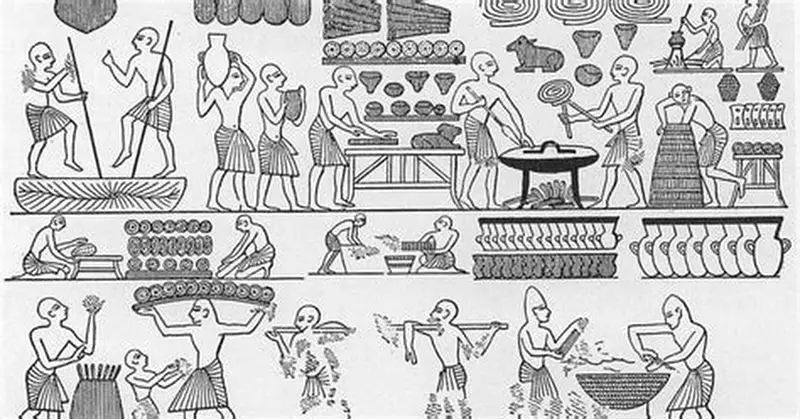









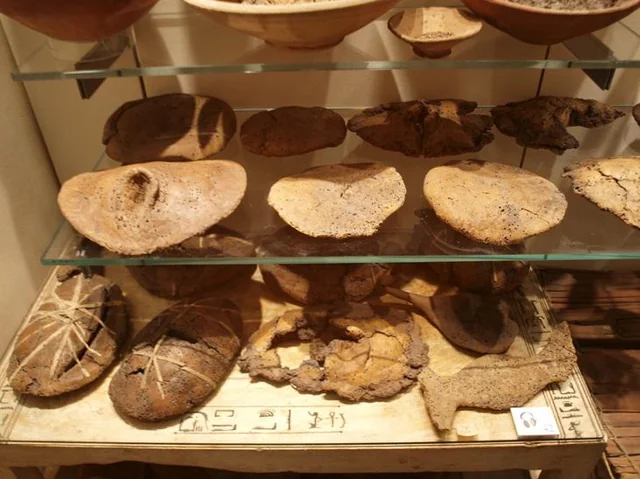


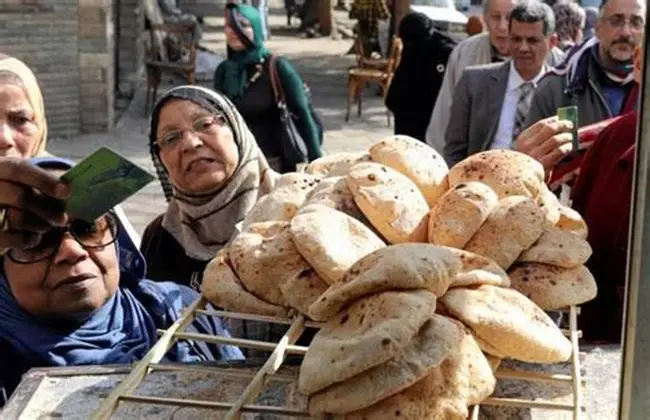

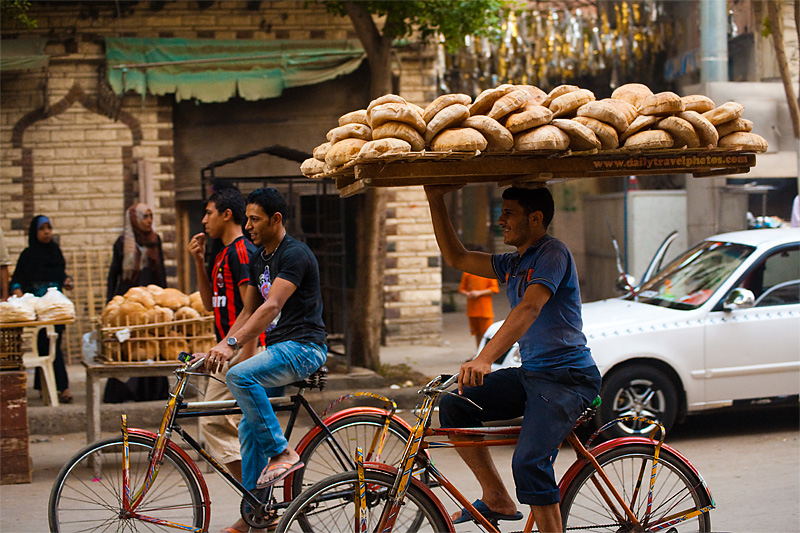

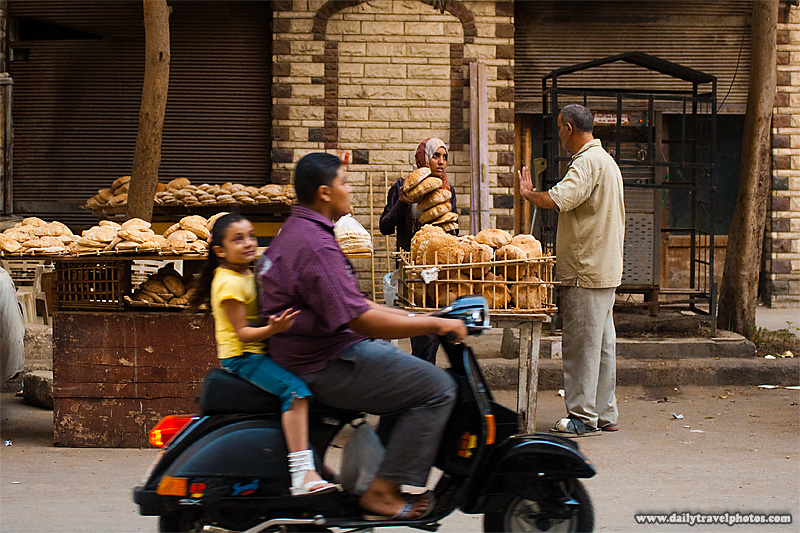




Comments